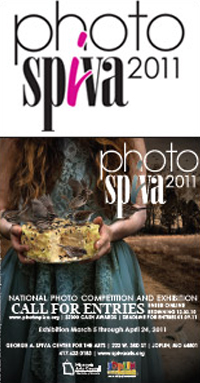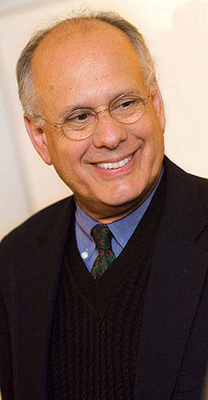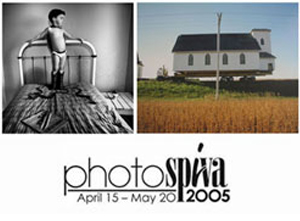EXPERIENCE by the POUND
There is something to be said for tradition and experience. I traditionally gain 7 pounds from Thanksgiving to New Years, but that isn’t the best example, I suppose. I just can’t resist the sweet potato cassarole. However, the experience gained by doing something year after year better equips me to tackle the problems and make it better the next year, in theory. This next call proves that after 30 years, some people just know how to get it right.
Check out the Call for Entries from the Spiva Center for the Arts for a competition called photoSPIVA 2011. Founded in 1977, photoSPIVA has become the longest-running phot competition of its kind in the US. Take a look…
CALL for ENTRIES:
photoSPIVA 2011
 PhotoSpiva is a national competition hosted annually by Spiva Center for the Arts. Founded in 1977, PhotoSpiva has become the longest-running photographic competition of its kind in the U.S. As stated by the founders, the objective of PhotoSpiva is to “present an exhibition of excellence in photography, celebrating the scope and vigorous activity of today’s contemporary photographers.”
PhotoSpiva is a national competition hosted annually by Spiva Center for the Arts. Founded in 1977, PhotoSpiva has become the longest-running photographic competition of its kind in the U.S. As stated by the founders, the objective of PhotoSpiva is to “present an exhibition of excellence in photography, celebrating the scope and vigorous activity of today’s contemporary photographers.”
Co-Founder Jim Mueller stated, “We have intentionally avoided any categorization of either photographers or their work in setting forth the criteria for this competitive.” PhotoSpiva welcomes any photographic process as long as it is original artwork and has not been previously exhibited at Spiva Center for the Arts. This philosophy has created an unbiased forum for exhibiting and educating photographers. The PhotoSpiva prospectus, promotional materials and exhibition brochures are distributed to professional photographers, emerging artists, educators, students, and amateur photography enthusiasts throughout the United States.
ELIGIBILITY: PhotoSpiva is open to any amateur or professional photographer in the United States or its territories. Submitted images must be the photographer’s own work, and it is the sole responsibility of the photographer to obtain written releases from any recognizable person(s) depicted. Work derived from any photographic process — traditional, digital, or photo-based mixed media — is eligible as long as the work is original and has never been exhibited at George A. Spiva Center for the Arts.
DEADLINE: January 9, 2011
NOTIFICATION: January 29, 2011
SPECIFICATIONS: Digital entries should be JPG files at least 4 megapixels (height or width 2000 pixels or greater) in RGB color mode. The juror will review all online entries and select images for display at Spiva Center for the Arts. PhotoSpiva will notify artists of acceptance. Accepted images — only those chosen by the juror — must be matted with presentation-quality white matboard (minimum 2-inch border), framed in standard black metal frames, and wired for hanging. No off-white or color mats will be accepted. Framed exhibition prints must arrive at Spiva Center for the Arts by 5:00 pm CST February 22, 2011. Artists are responsible for shipping costs to and from Spiva.
ENTRY FEE:
$40 for up to 5 photos.
Additional images are $10 each.
 PRIZES: First place $750, Second Place $500, Third Place $300, Three $100 Honorable Mentions, and Three $50 Merit Awards.
PRIZES: First place $750, Second Place $500, Third Place $300, Three $100 Honorable Mentions, and Three $50 Merit Awards.
JUROR: Anthony Bannon (born 1943) is the director of George Eastman House, International Museum of Photography & Film, located in Rochester, N.Y. He has held that position since 1996, previously serving as director of the Burchfield-Penney Arts Center and director of Cultural Affairs on the campus of the State University of New York at Buffalo, both located in Buffalo, N.Y.
George Eastman House is the world’s oldest museum of photography and largest museum of photography and film. During Bannon’s tenure the museum launched three internationally renowned graduate and post-graduate schools of film and photograph preservation and conservation.
Bannon has lectured at museums, colleges, and festivals worldwide. He currently serves as chairman of the Lucie Awards/International Photography Awards and was awarded the Golden Career Award in 2007 by the FOTOfusion Festival of Photography & Digital Imaging for his “far-reaching leadership and scholarship in the cultural community.”



